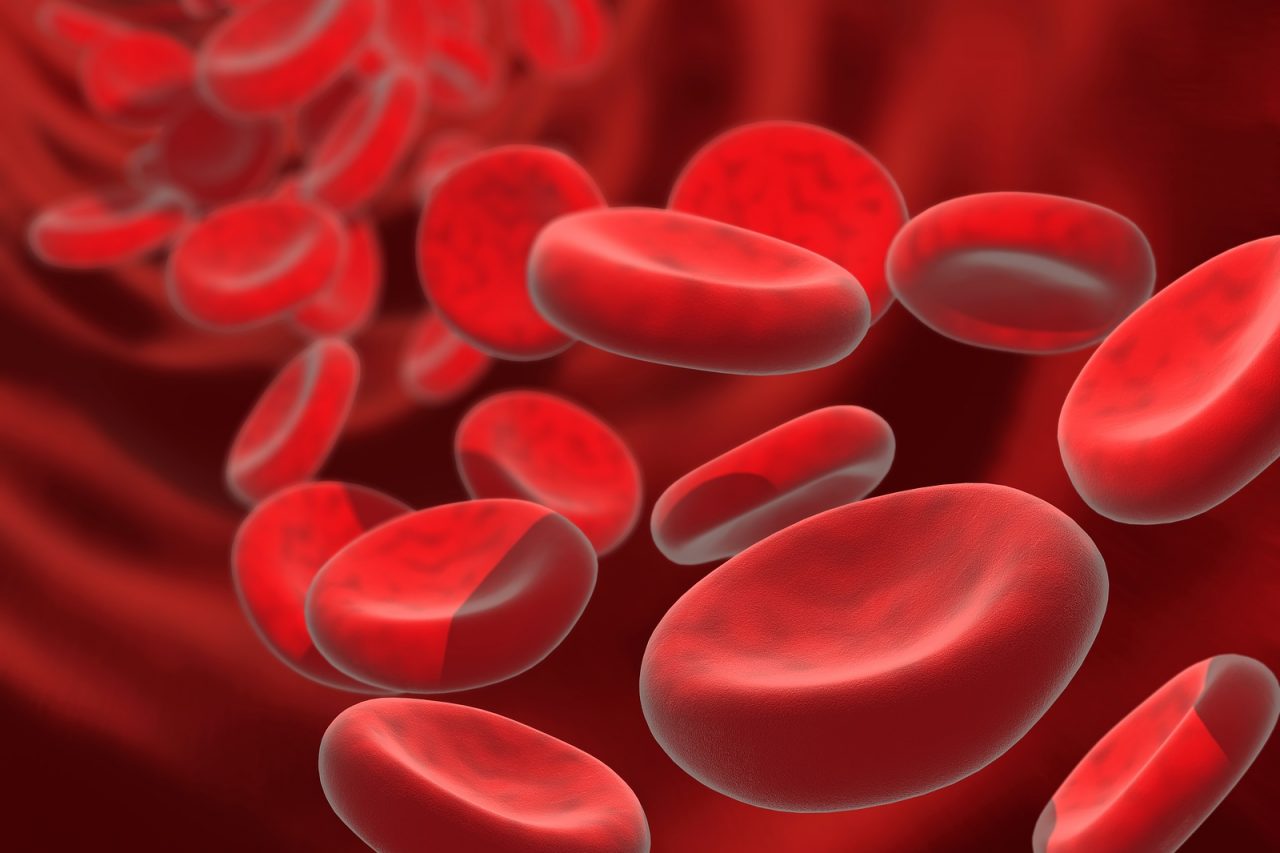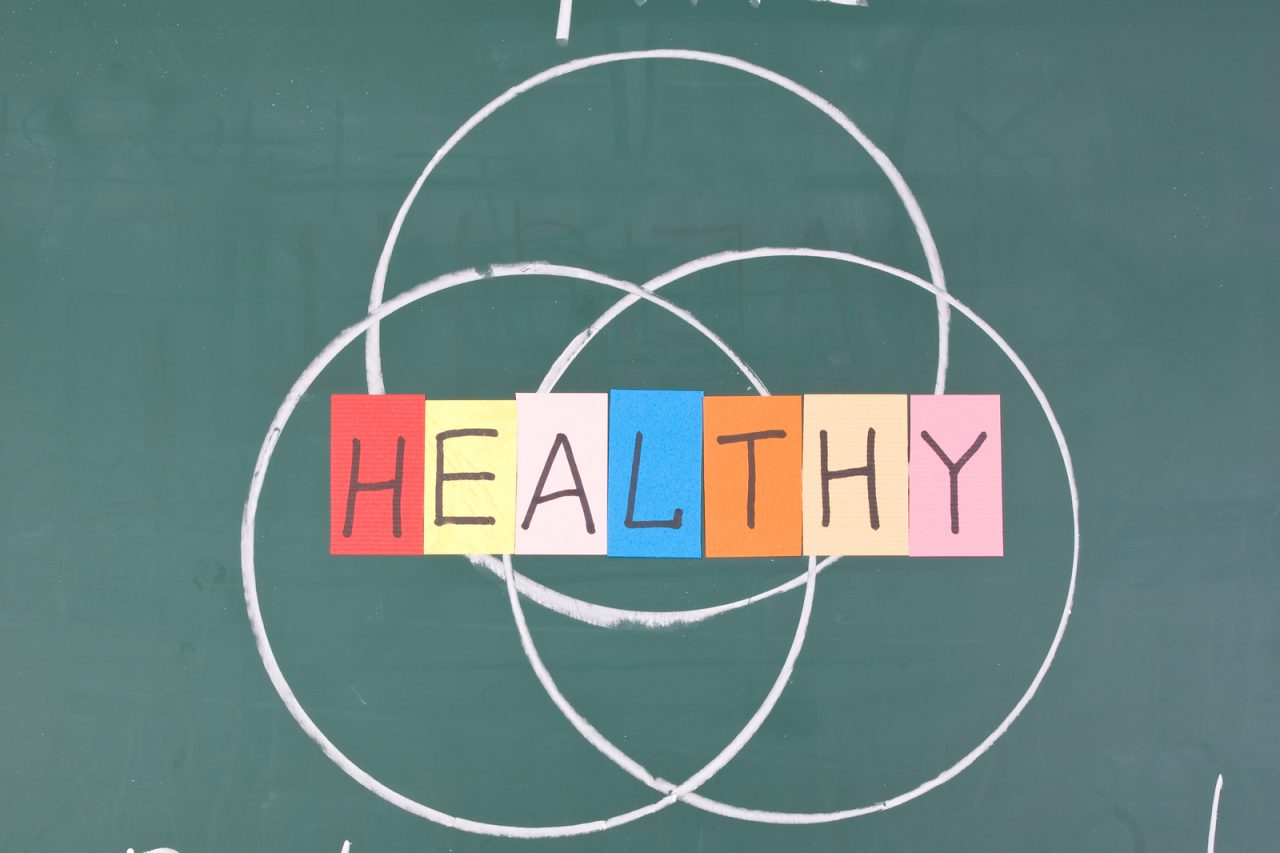A 57-year-old doctor I know is retiring to teach at a local junior college. He is respected, enjoys practicing medicine and is beloved by his patients; therefore, I was surprised. While he is frustrated by the complexity of health insurance, tired by the long hours and angered by defensive medicine, the final straw is that he can not stand the world of the EMR.
As an Electronic Medical Record junkie, I would quit if I had to practice without a computerized information system. These programs are a dramatic improvement over the paper and pen way of keeping records. Still, I understand the onerous problems. Data entry is clumsy, painful and takes hours. Information is stored in a nearly random manner, not much better than papers tossed into a cardboard box. Every EMR program is different and none share vital patient data. Training is lousy, access is non-intuitive, support is spotty, costs are high and any gains seem to be countered by poorly timed system crashes.
Unhappy to lose a physician from our medical community, I find myself musing about what has gone wrong with a critical technology that has such shining potential. Computer systems fly giant aircraft around the world without incident, handle trillions of dollars of financial trade without a penny lost and allow hundreds of millions to tweet, Facebook or blog. Why is medical IT so bad?
The major problem with EMRs, as they are conceived and as they presently exist, is that they are round pegs in square holes. They are designed to gather and store information; shiny electronic file cabinets, and they are built around the primary function of billing; grinding out ICD-9 and CPT codes. That would be fine if that was what doctors actually do with their time and if making money was the primary goal of practicing medicine. However, surprise, surprise, what doctors really do is treat patients. EMRs often hinder, not assist, the giving of medical care.
A physician’s normal function is to interface between objective biology and the complexity of each human life. Often called “the art” of medicine, it is the act of bridging science to individual reality. Ask questions; test; collect information. Attempt to organize by creating of a list of possibilities, a differential diagnosis. Assimilate, screen and sift that data until you reach a final diagnosis. Then, implement therapy using science and the results of research, with compassion, patience and the skill of a teacher.
A functional electronic health delivery system would assist in this systematic decision process, actively participating in the query and analysis, adding scientific knowledge and observations based on state-of-the art recommendations. Help the doctor build the differential. Recommend testing or therapeutic alternatives. The EMR should be aligned with the doctor’s goals, which are the patient’s health.
The GPS in my car is first rate. Data input is verbal and flawless. It tells speed, direction, and continuously adjusts recommendations based on my progress and traffic impediments. It even throws in alerts about the weather. In other words, the GPS not only stores data, it tells me what to do with it, and is constantly updated by events far beyond my windshield, which I have not yet considered. Someday soon, that GPS will actually drive my car.
A health computational system should have, at a minimum, the functionality of that GPS. Easy data entry and access. Flawless expanding storage. Clear output. Actionable recommendations and observations, based not only on the patient, but on the science of medicine. An EMR should be updated continuously by clinical information such as labs, vital signs and tests, as well as the most recent scientific discoveries, even if they are made halfway around the world, delivering at the bedside the vast resources of Big Data. Help me care for the patient by complementing my work.
As the practice of medicine becomes logarithmically more complex with the expanding potential of genomic or “Personalized Medicine,” advanced information technology will be vital. No doctor will be able to assimilate an individual patient’s genome and thousands of actionable variables into a differential diagnosis or comprehensive treatment. The key will be real-time EMR support.
To date no one has taken the potential or complexity of EMRs seriously. The assumption is that these systems can be built by cottage industries, with the result that there are hundreds of rudimentary programs, all grossly inadequate. The average GPS is far more functional.
This slowly expanding area of IT research is called translational bioinformatics, but there have been relatively few dollars invested by the NIH in the basic science. Data input remains primitive. We have no backbone on which to create a national network to maintain and track individual records. There is no integration with decision making software or connection to research troves. Medicine relies on the doctor to connect the myriad dots, even as he or she is up at midnight, typing elementary progress notes into elementary office systems.
Doctors need and desire help in taking care of their patients, but instead they have a tool designed for secretaries and insurance auditors. We must re-address the goals of clinical IT to improve, empower and give medical care. The future of our patients and the future of health, depend on it. No amount of frustration and burned out physicians will force patient lives into slots built for dollars.







7 Comments